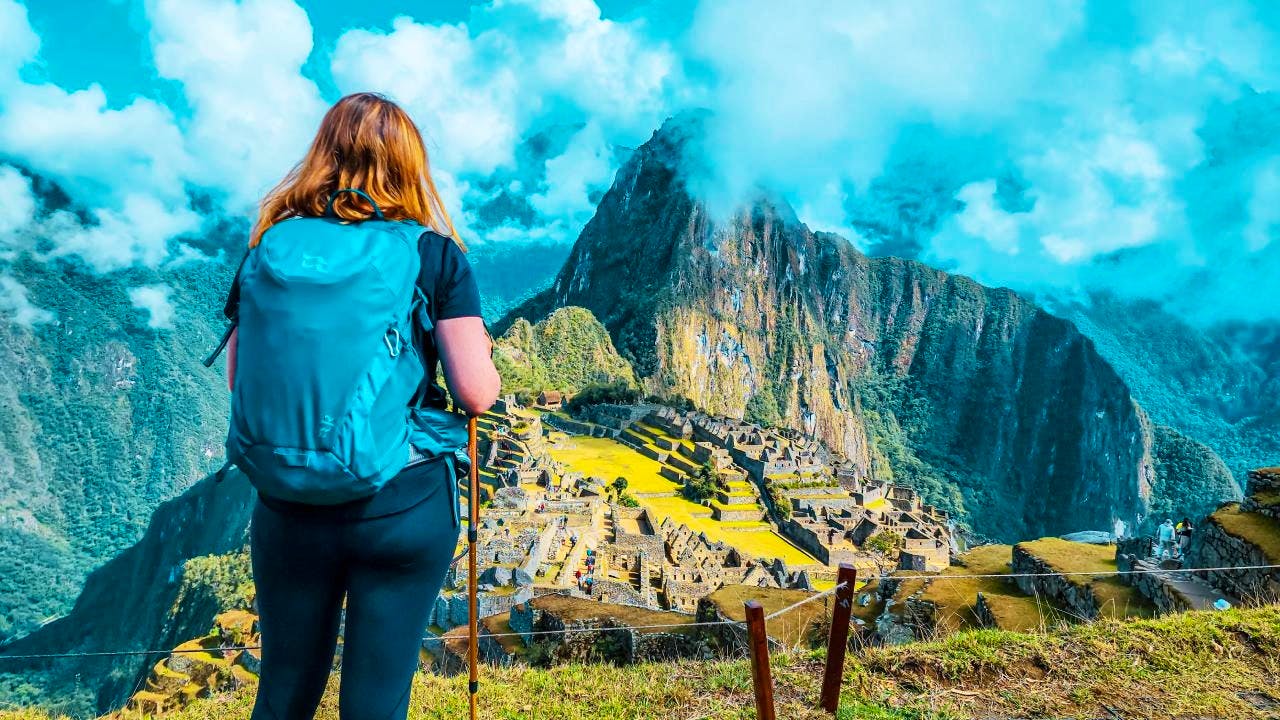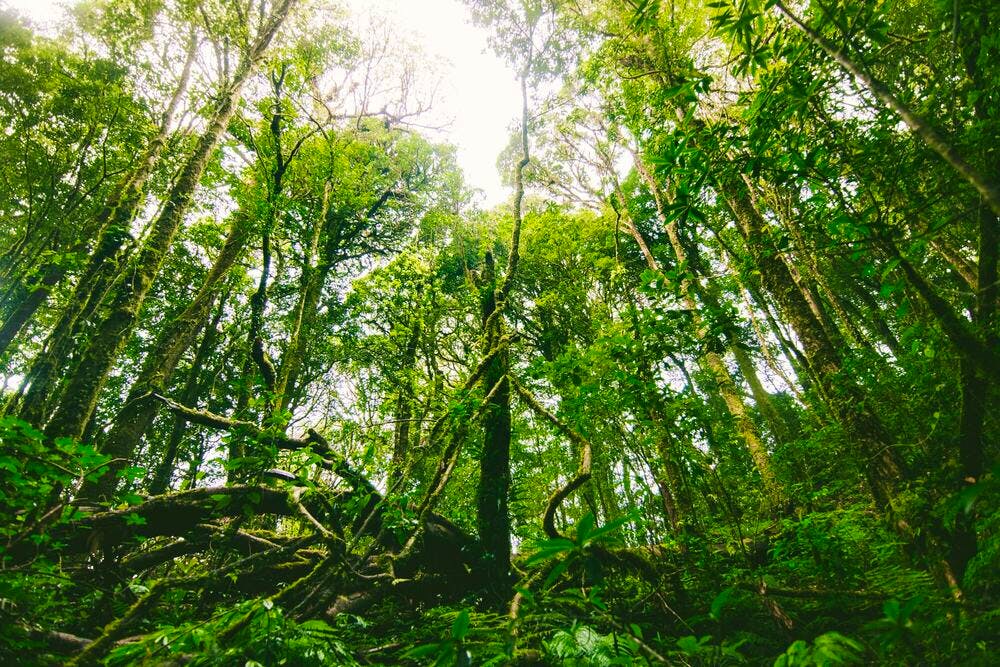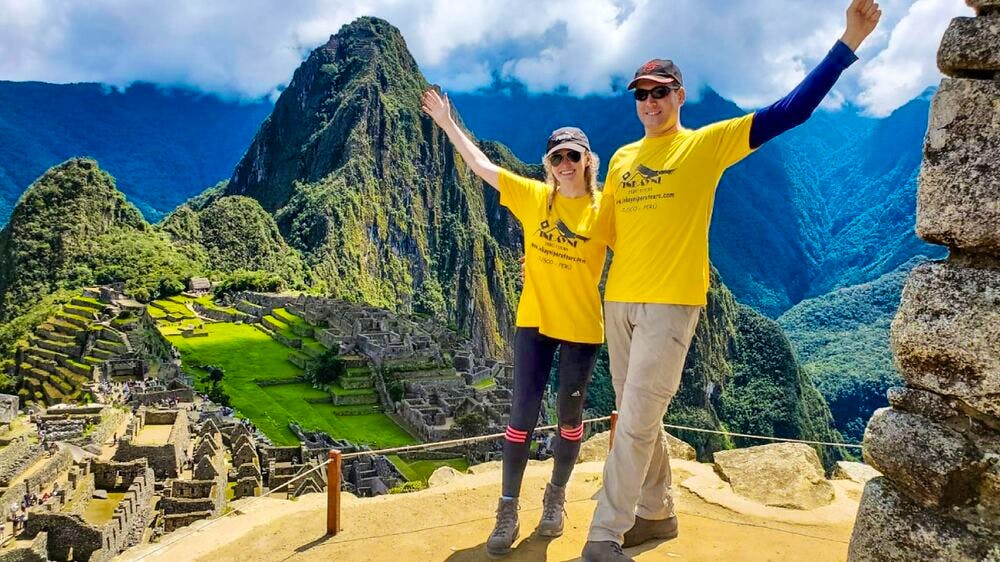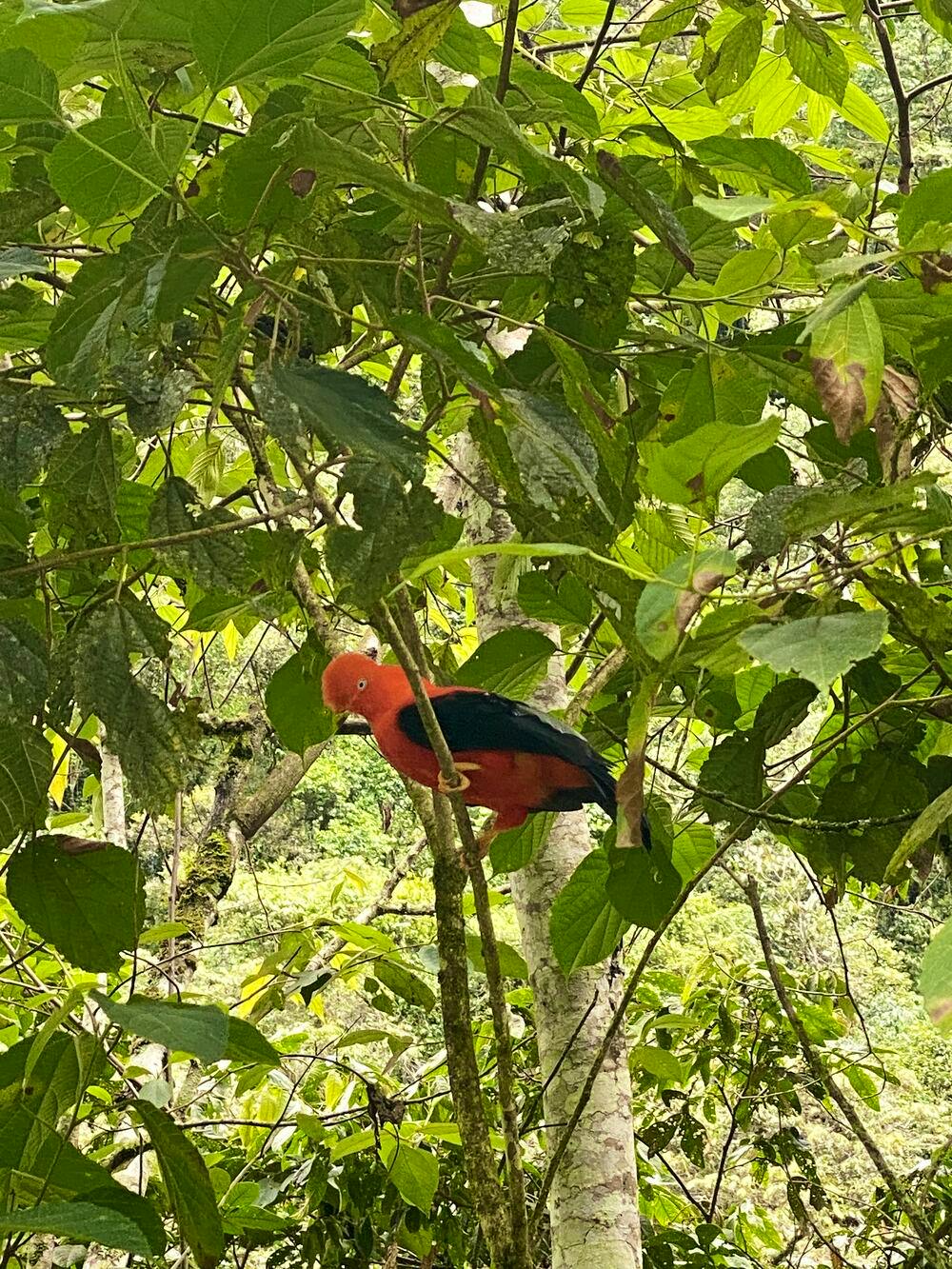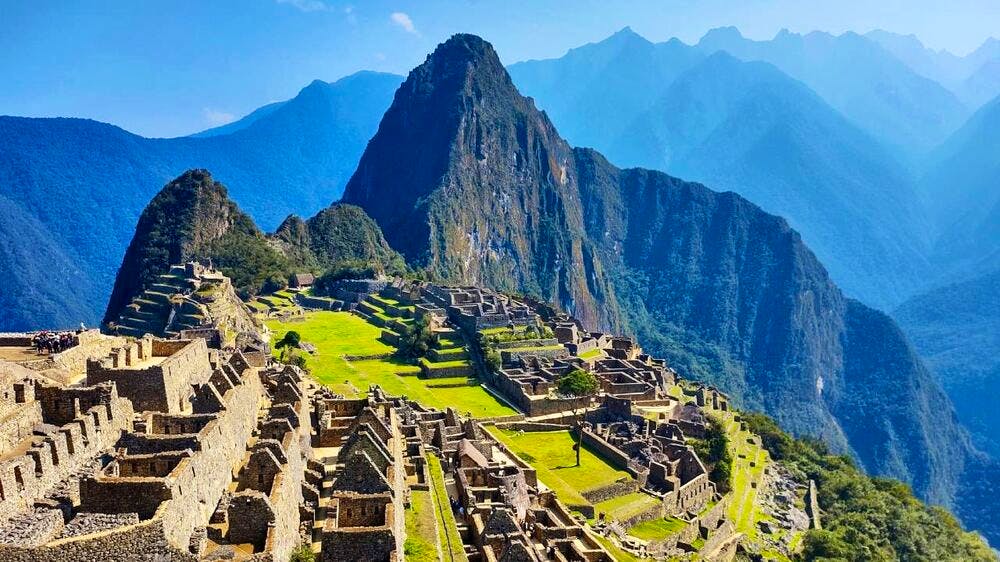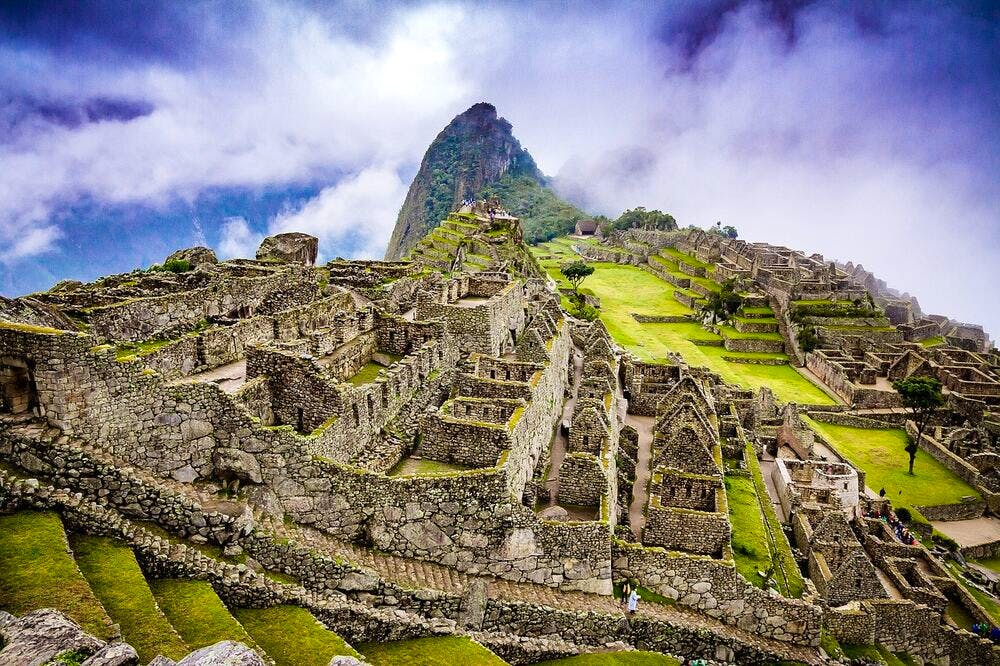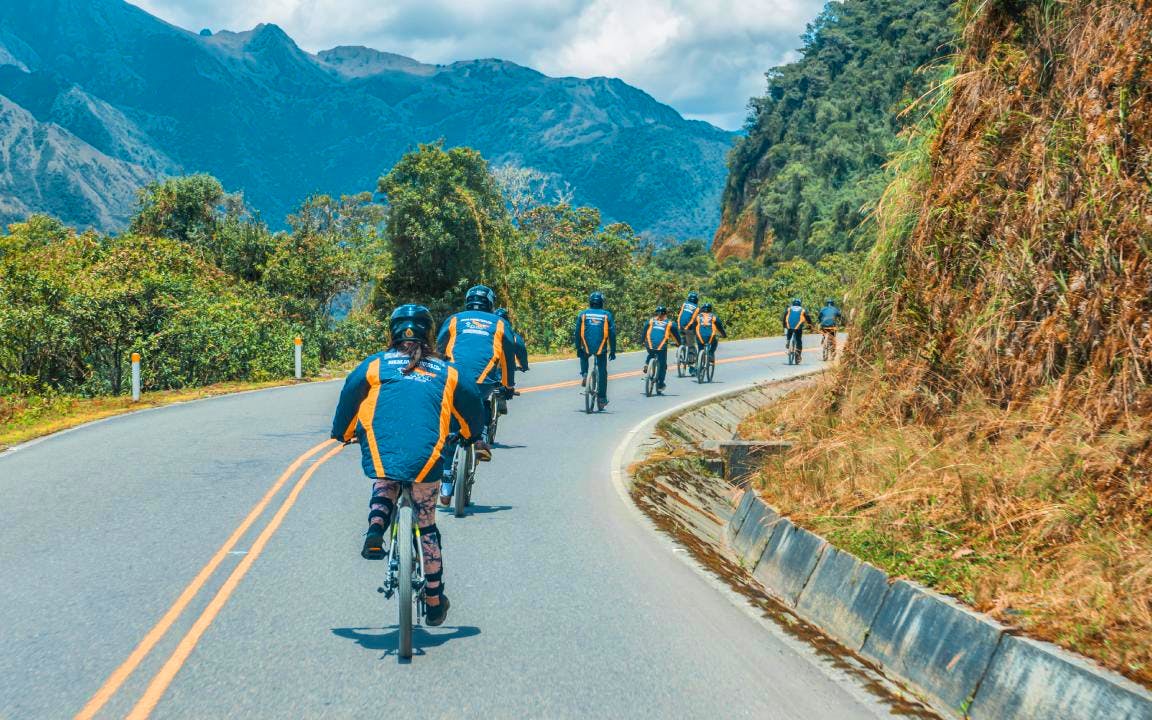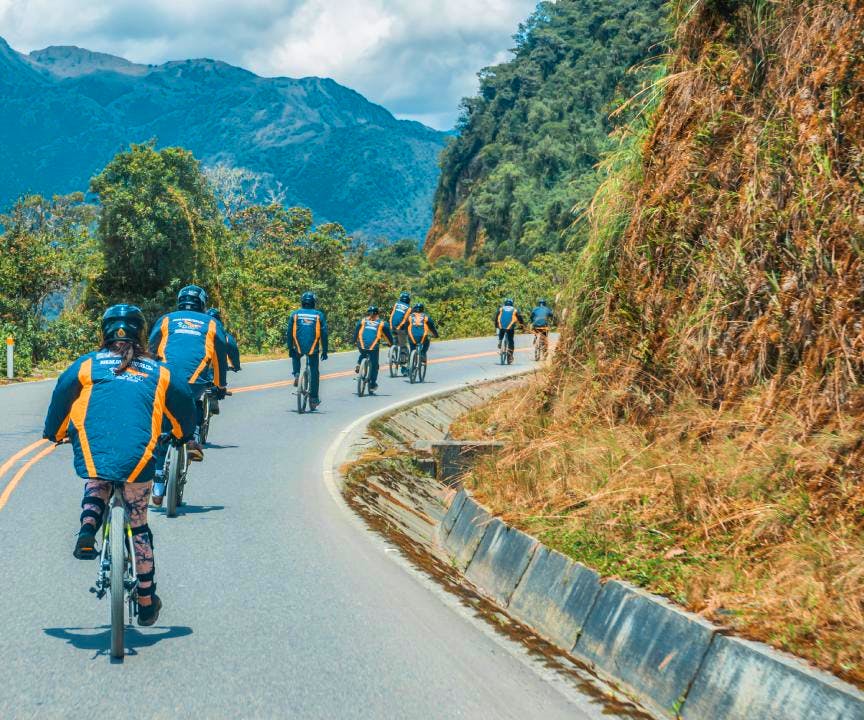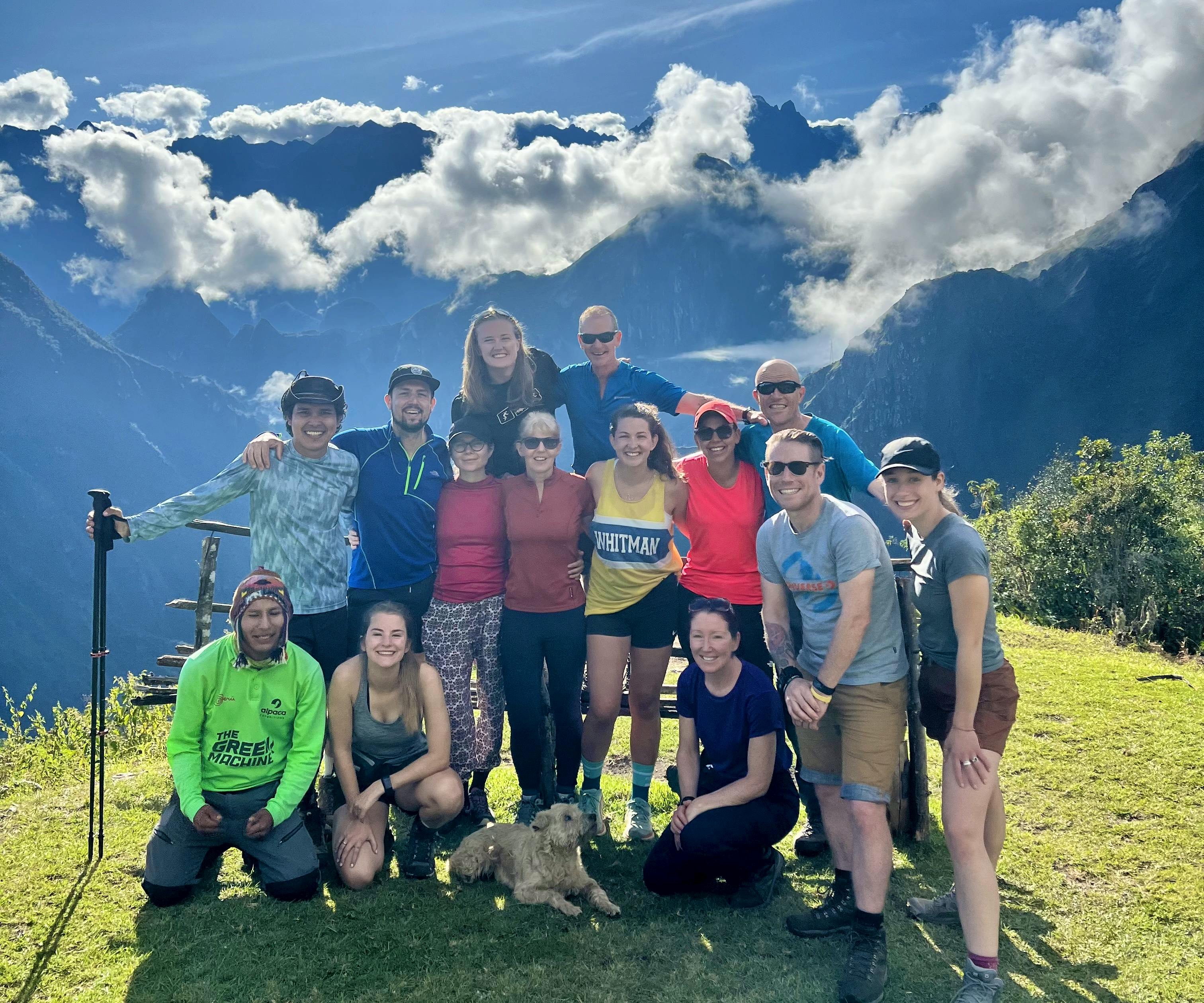Ah, the Machu Picchu Stairs of Death—a name that both entices and terrifies. These ancient steps offer a thrilling ascent to the peak of Huayna Picchu, promising adventurers an experience like no other.
But before you lace up those hiking boots, let’s delve into the mysteries and practicalities of conquering this iconic adventure.
Unveiling the Mysteries of Machu Picchu’s Stairs of Death
Prepare to embark on an unforgettable journey as we unveil the mysteries of Machu Picchu’s Stairs of Death.
This journey with
Skyhook Adventure and our vetted guides promises both thrills and enlightenment.
The allure of the Machu Picchu Stairs of Death is as steep as the climb itself. These ancient steps are shrouded in history and mystery, making them a magnet for adventurers and history buffs alike.
But what’s the story behind these vertigo-inducing stairs?
Firstly, let’s talk about the name. “Stairs of Death” might sound like something out of a horror movie and might have you worrying about the number of
Machu Picchu deaths per year, but it’s a moniker that captures the treacherous nature of the climb.
The stairs are part of Huayna Picchu, meaning “Young Mountain.” They loom dramatically over the iconic ruins of Machu Picchu.
Historically, these stairs are believed to have served a defensive purpose. The Incas, known for their engineering prowess, likely designed the stairs to be a challenge for any invading forces.
Imagine trying to attack uphill on such steep, narrow steps! It’s a natural fortress that only the most agile and fearless would dare to conquer.
But the stairs aren’t just about defense. Some theories suggest that the Incas built them to reach a celestial observatory at the summit.
Others believe the mountain was a sacred site where high priests would retreat for solitude and spiritual practices. Each theory adds a layer of mystique to the already enigmatic Huayna Picchu.
When it comes to
Machu Picchu hike difficulty, climbing the Stairs of Death is not a walk in the park. The steepness of the climb is enough to make even seasoned hikers pause for a moment.
With slopes that seem to defy gravity and winding paths that demand your full attention, this
trek to Machu Picchu is a true test of your physical and mental mettle.
Pro tip: If you love history and a physical challenge, check out some of the
best hikes in Peru for a true adventure!
Don’t let the name scare you off; it’s not called “Death” for nothing, but that doesn’t mean it’s insurmountable.
It means that you’ll need to be in good shape to tackle this challenge. Here’s what we recommend:
Stamina and leg strength: Incorporate cardio exercises like running or cycling and leg-strengthening workouts like squats and lunges into your Machu Picchu training plan weeks before your trip.
Hydration is key: But balance your water intake. While staying hydrated is crucial, remember there are no restroom facilities along the climb. So, drink enough to stay hydrated but not so much that you’ll be uncomfortable.
Footwear is critical: Invest in sturdy, non-slip hiking boots that provide good ankle support and excellent traction. Trust us; you don’t want to skimp on this one. Your footwear can make or break your climbing experience.
Altitude sickness is real: Regarding the Machu Picchu trek time for the Stairs of Death, we recommend that you spend a few days in Cusco to acclimatise with relaxing Cusco Peru activities and sightseeing before embarking on this trek. Avoid alcohol and caffeine, as they can exacerbate symptoms of Machu Picchu altitude sickness.

Latest Deals
Discover trips on sale on Skyhook. Book once-in-a-lifetime adventures at discounted prices.
So, you’ve braved the Machu Picchu Stairs of Death and made it to the top. What’s your reward? A view that can only be described as heavenly.
Standing amid the clouds, you’ll feel like you’ve entered another realm. The panoramic vistas of the surrounding Andean mountains, like
Mt. Machu Picchu and the iconic ruins of Machu Picchu below, are breathtaking. It’s a surreal experience that makes every bead of sweat and every challenging step worth it.
But the views aren’t the only treasures awaiting you. Along your climb, you’ll encounter other archaeological gems that add depth to your adventure.
One such site is the Temple of the Moon, an ancient Incan ceremonial site. It’s a less-visited attraction that offers a quieter moment of reflection amid the physical exertion.
These sites provide glimpses into Peru’s storied past, making your climb a physical journey and a trip back in time.
While the Machu Picchu Stairs of Death may steal the spotlight, let’s not overlook the natural wonders surrounding this iconic site.
The area is a biodiversity hotspot, teeming with unique flora and fauna. From vibrant orchids to elusive
Machu Picchu animals like spectacled bears, the surroundings offer a rich tapestry of life that adds another layer of magic to your adventure.
For those who can’t get enough of Mother Nature’s splendours, consider extending your Peruvian adventure to nearby natural attractions.
These parks offer a chance to immerse yourself in untouched rainforests and encounter various wildlife, from colourful macaws to playful monkeys. Trust us, it’s a naturalist’s dream come true.
Conquering the Machu Picchu Stairs of Death is a thrilling experience, but let’s not forget—safety comes first. The path is steep, often slick, and demands your utmost attention. So, what should you keep in mind to ensure a safe and enjoyable climb?
Non-Slip Hiking Boots: Invest in quality boots with excellent traction and ankle support.
Lightweight Backpack: Carry only essentials to avoid unnecessary weight.
Walking Stick: Opt for a collapsible one for better balance.
Weather-Appropriate Clothing: Dress in layers to adapt to changing Machu Picchu weather conditions.
First Aid Kit: Include basics like band-aids, antiseptic wipes, and personal medication.
High-Energy Snacks: Pack light snacks like nuts or energy bars for a quick energy boost.
Camera: You’ll want to capture the stunning views, but ensure it’s securely strapped to avoid dropping it.
Remember, preparation is critical. The better prepared you are, the more you’ll enjoy this once-in-a-lifetime adventure.
So, you’re pumped and ready to conquer the Machu Picchu Stairs of Death. But wait, there’s one crucial step before you set foot on those ancient steps—securing your
Machu Picchu permits.
Due to preservation efforts and safety concerns, the number of daily visitors to Huayna Picchu is limited. This means permits can sell out months in advance, especially during the peak tourist season.
Planning ahead is not just a good idea; it’s essential. Booking your permit well in advance ensures you won’t miss out on this incredible experience.
Most tour operators offer packages that include permits, but you can also purchase them independently online. Either way, don’t leave it to the last minute. The early bird not only catches the worm but also gets to climb one of the most iconic staircases in the world.
Conquering the Machu Picchu Stairs of Death is a multi-faceted
Peru adventure that offers historical insights, physical challenges, and natural wonders.
Whether you’re an adrenaline junkie, a history buff, or a nature lover, this
Machu Picchu circuit trek has something for everyone.
So, lace up those boots, secure that permit, and prepare for an experience with us at
Skyhook that will leave you breathless—in the best way possible.
Other Machu Picchu Articles
